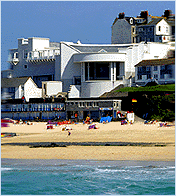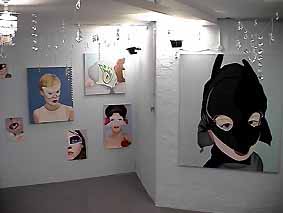

You can also still buy stuff from the Fanclub shop




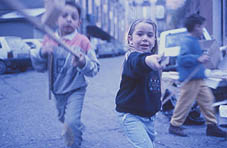

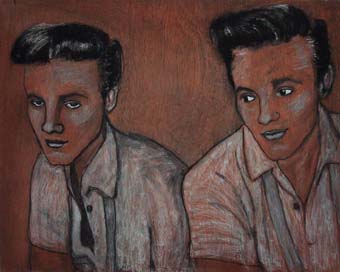

The theme is the cross over point between art and architecture, and specifically creative, dreamlike places. The show includes work by:
Alice Anderson, Emi Avora, Grania Cumming, Viviana Duran, Carol Ho, The House of O’Dwyer, Tom Hunter, Ben Ford-Smith, Antonio Gianasi, Sam Griffin, Antonia Low, Cathy Lomax, Paul Murphy, Marcus Oakley, Kavel Rafferty, Peter Robathan, Heidi Stokes, Andrew Thomas, Edward Underwood, Yolanda Zappaterra
You can find out more about the show and the artists at www.transitiongallery.co.uk
Arty has stuff by many of the same people as well as others such as Sex Lovemat and Paul Lewis. Below are some images from Arty by Emi Avora, Marcus Oakley and me.
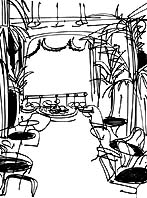
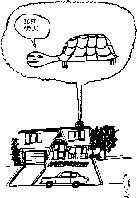
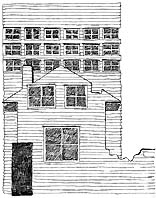
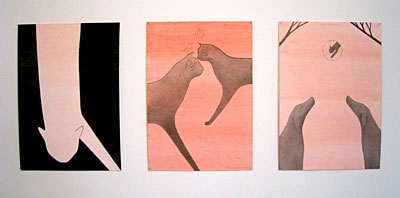
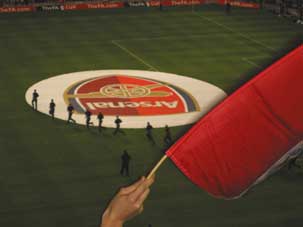
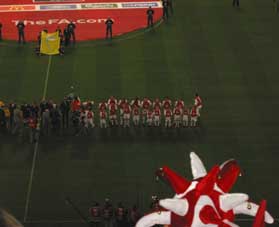
Chantal Joffe is a painter and for this show she paints women and babies. In the accompanying catalogue there is an essay by Sacha Craddock, which I really hoped would tell me something about the paintings’ place within contemporary art. It didn’t. I recently read a review of the new Saatchi Gallery in the Guardian by Adrian Searle in which he quoted and ridiculed the catalogue notes calling them verbose and overblown. This is I fear a general art world malaise. Craddock’s essay is very short yet it took me five readings to understand it’s point, which is – these works are not portraits, they are of created fictional characters and there is no narrative. The press release rather blows this by telling us that the paintings have ambiguous origins that they shift between “portraits of friends and looking like anonymous icons torn from the media”. There is one (it could be Large Head of a Woman in a White Blouse although I am not absolutely sure) which looks very much like an old photo of a pre-royal family Diana - hardly a created fictional character then. The press release writer obviously couldn’t be bothered to decipher the catalogue notes and who could blame them.
The paintings themselves are lusciously painted with thick brush strokes and quirky little details. I especially liked the little room filled with babies (not in the catalogue presumably because the show is called Woman) This peculiar, brief period of life has been a neglected artistic area and Joffe’s paintings describe it particularly well. I loved the detailed recording of the cheerfully patterned baby paraphernalia, her babies are strapped into these bouncy chairs and car seats clad in their ubiquitous stretchy baby gros. The obsessive attention to baby detail makes me feel that the subject must be very close to Joffe, the artist’s loving eye trapped within a world of twenty-four hour baby exposure.
The Women didn’t have quite the same emotional intensity as the babies and thus were less convincing, they were rather uncomfortably grouped and seemed a little blank. I wish that the babies had been the focus of the show although it may have been the intimacy of their small gallery setting that contributed to their success.
***
Of course I am a little biased as I did curate the show but... it is really good. Don't miss it .
Transition, 110a Lauriston Road, london E9

